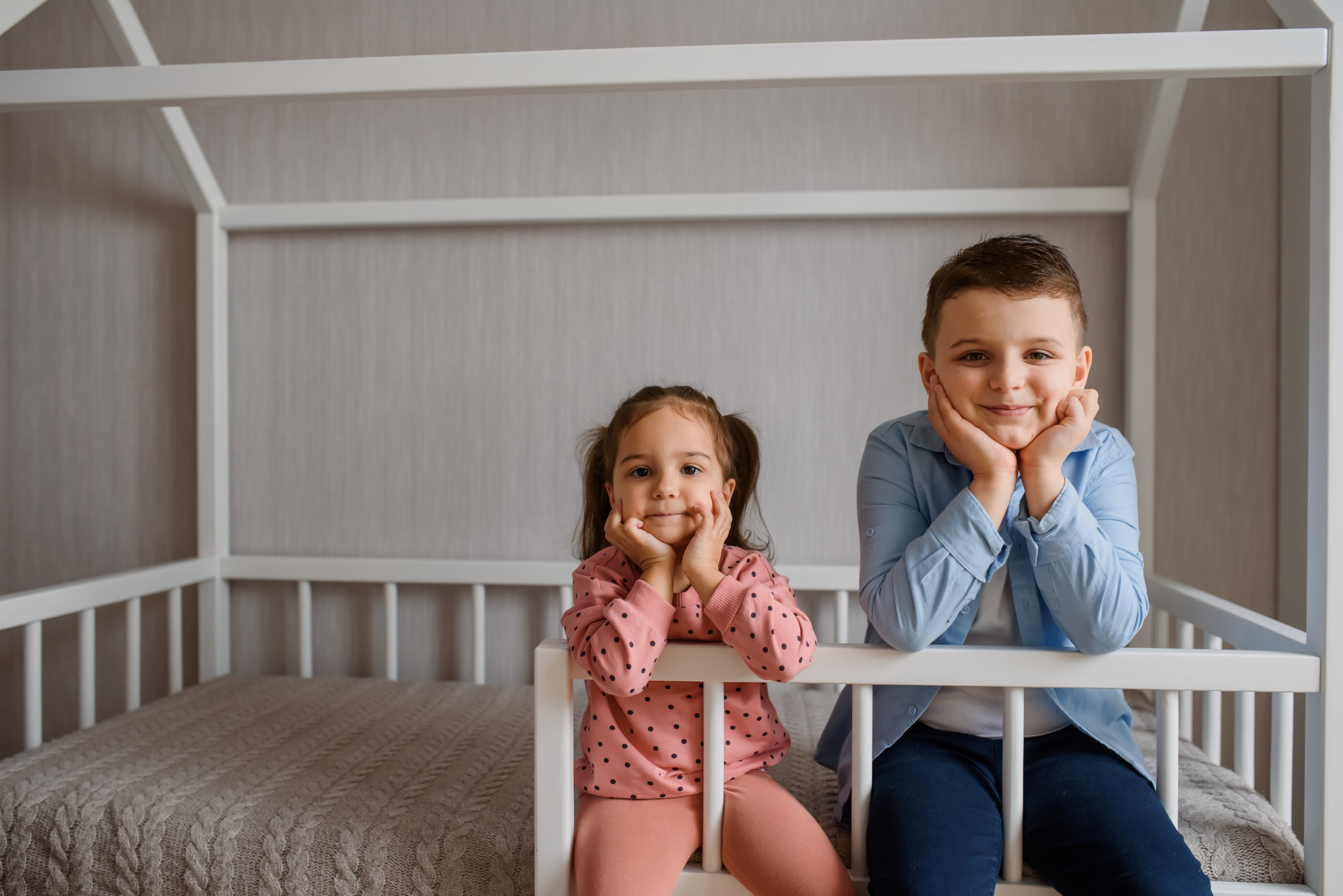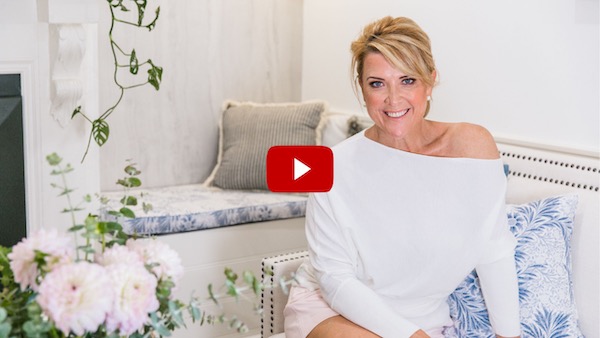Interested in starting a career as a Property Stylist?
Not sure how to turn this passion into a six figure career?
Start Here: Free Video Training Series
Designing a bedroom for your children is a delightful and exciting project. It’s an opportunity to create a space that reflects their personality, stimulates their imagination, and promotes restful sleep. However, designing a kids’ bedroom requires careful consideration to ensure a balance between functionality, safety, and aesthetics. To help you create a dreamy space for your little ones, here are ten pro tips for designing their bedroom.
 Image Credit: Cucurudza
Image Credit: Cucurudza
1. Involve Your Child
Before diving into the design process, involve your child in the decision-making. Take their opinions and preferences into account to create a room that resonates with their personality and interests. Encourage them to contribute ideas for colour schemes, themes, and decor items. This collaboration will make them feel a sense of ownership and pride in their special space.
2. Consider Longevity
Children grow up quickly, and their tastes and preferences change with time. Opt for a design that can evolve as they age. Choose furniture, wall colours, and decor items that are versatile and can be easily updated or modified without a complete overhaul of the room.
3. Prioritise Safety
Safety should be a top priority when designing a kids’ bedroom. Pay attention to the selection of furniture and materials. Avoid sharp edges, opt for non-toxic paints and finishes, and ensure that all electrical outlets are covered. Secure heavy furniture to the walls to prevent tipping accidents, and choose window treatments that are cordless or have inaccessible cords.
4. Create Ample Storage
Children’s bedrooms often accumulate a plethora of toys, books, and clothes. To keep the room organised and clutter-free, incorporate ample storage solutions. Utilise bookshelves, cubbies, baskets, and under-bed storage to provide designated spaces for their belongings. Make sure the storage options are easily accessible to encourage your child’s independence in maintaining an organised space.
5. Design for Play and Creativity
A child’s bedroom should inspire play and creativity. Dedicate an area for imaginative play, such as a play corner, a reading nook, or a small art station. Add playful elements like a chalkboard wall, a tent or canopy, or a mini indoor swing. These features encourage exploration, stimulate creativity, and foster a sense of fun within the room.
6. Incorporate Colours and Patterns
Vibrant colours and patterns can add a whimsical touch to a kids’ bedroom. Opt for a palette that reflects your child’s personality and creates a cheerful atmosphere. Consider using removable wallpaper, wall decals, or stencils to incorporate patterns and themes that can be easily changed as your child grows older.
7. Ensure Comfortable Sleep
A good night’s sleep is crucial for a child’s development. Invest in a comfortable mattress, supportive pillows, and quality bedding. Consider blackout curtains or blinds to create a conducive sleep environment, especially for nap times or early mornings. Keep the room well-ventilated and maintain a moderate temperature for optimal sleep comfort.
8. Personalise the Space
Make the room feel truly special by personalising it with items that reflect your child’s interests and hobbies. Display their artwork, showcase their favourite books, or hang framed photos of cherished memories. Add personalised touches through wall decals, name plaques, or monogrammed bedding to create a space that feels uniquely theirs.
9. Allow for Flexibility
Flexibility is key when designing a kids’ bedroom. Incorporate versatile furniture that can adapt to different functions and layouts. Choose modular pieces that can be rearranged or repurposed as your child’s needs change. This adaptability allows the room to grow with your child and accommodate future requirements.
10. Emphasise Natural Light and Safety
Maximise natural light in the room to create a bright and inviting space. Position the bed and play areas near windows, allowing your child to benefit from the positive effects of sunlight. Ensure that windows are equipped with childproof locks or safety devices to prevent accidents and promote a secure environment.
Designing your kids’ bedroom is an opportunity to create a space that fosters their growth, imagination, and happiness. By involving your child, prioritising safety, incorporating creativity, and ensuring comfort, you can design a room that reflects their unique personality and adapts to their changing needs. Remember, a well-designed kids’ bedroom is not just a space to sleep but a haven for their dreams, play, and exploration.

 Naomi Findlay is an experienced interior designer, project manager and stylist who also loves sharing her passions and experience by teaching others.
Naomi Findlay is an experienced interior designer, project manager and stylist who also loves sharing her passions and experience by teaching others.
Leave a Reply